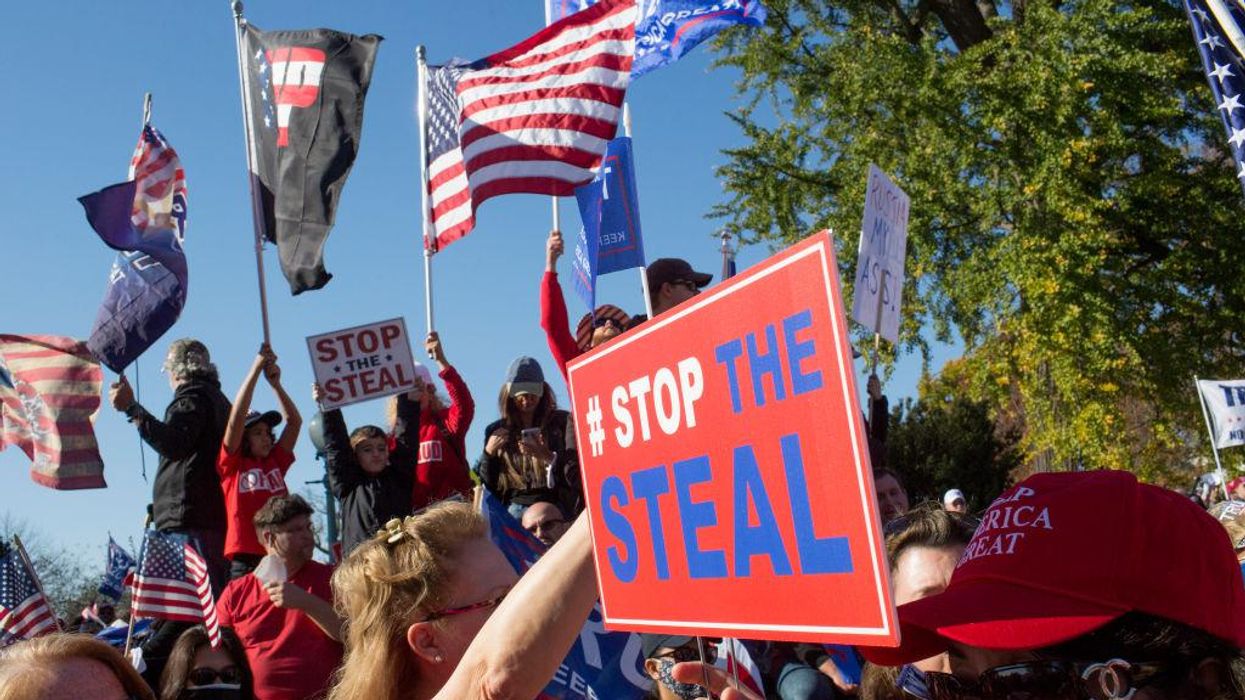Last month, the Supreme Court heard arguments on whether banning essential health care for trans youth is constitutiona l. What the justices (and lawmakers in many states) probably don’t realize is that they’re putting teenage lives at risk when they increase anti-trans measures. A recent report linked anti-transgender laws to increased teen suicide attempts among trans and gender-expansive youth.
In some cases, attempted suicide rates increased by an astonishing 72 percent.
This is an alarming trend in a nation poised to pass even more anti-trans laws, in a country already struggling with an all-time high suicide rate.
As a youth mental health expert, I urge our lawmakers to resist pressure for more anti-trans laws. As responsible adults, we need to protect our children — all children — from increasing suicide rates by adopting policies and programs known to prevent suicide, not only among trans and gender expansive teens, but among all young people.
Suicide is Preventable
Every suicide is tragic. The decision of a child — any child — to die by suicide is shattering. It is also preventable, and adults have a responsibility to protect children from problems with known solutions.
Even though suicides are preventable, youth suicide rates have grown a staggering 62 percent in just the past few years.
We also know that specific measures can help reduce suicide among LGBTQ+ teens in their schools: for instance, student-led organizations known as gay-straight alliances are associated with lower rates of suicidal thoughts and behaviors. Importantly, school health policies that supported LGBTQ+ youth also improved suicidal thoughts and behaviors among heterosexual students. By helping one group of teens, we help all teens.
Young people are eager for solutions where they can normalize conversations about mental health while showing up for themselves and their peers. Research shows suicide rates drop for teens when these particular measures are implemented. For example, Sources of Strength is an evidence- and school-based suicide prevention program that uses a peer leaders model. Through support and training, peer leaders normalize discussions and coping strategies around mental health and ensure their peers know where to turn when they need additional support. In a study with 18 high schools, training peer leaders in Sources of Support led to significant improvements in students’ perceptions that adults in school would be able to provide help and that it was acceptable to seek help when experiencing suicidal thoughts and behaviors. This program creates a safe and supportive environment with people to turn to.
Teen Suicide Linked to Anti-Trans Laws
In the past few years, more than half of U.S. states have passed anti-trans laws. These laws range from restricting access to gender-affirming care to banning use of bathrooms that match people’s gender identity to allowing or even requiring misgendering of transgender students. Meanwhile, the ACLU is tracking another 532 anti-LGBTQ bills proposed this year.
These laws do enormous damage to the young people they target. Last month’s report, published in the highly ranked journal Nature Human Behavior studied suicide rates in 19 states after the passage of anti-trans laws. Researchers found that in the first year after a state enacted anti-trans laws, teen suicide rates increased significantly, compared to states that did not pass such laws. Two years after anti-trans laws were passed, suicide attempts increased for trans and nonbinary teens in affected states by between 7 percent and 72 percent.
Behind these numbers are teens who are scared for their lives — the approximately 300,000 trans and gender expansive teens between the ages of 13 and 17. With one in four U.S.high school students identifying as LGBTQ+, it is unconscionable to pass legislation proven to increase suicides among their community.
Instead of legislation that criminalizes young people and their families for living their lives, the rise in young people who identify as LGBTQ+ should highlight the need to eliminate barriers to safety, social acceptance and appropriate care as well as focus on education and professional development reflecting the unique needs of LGBTQ+ youth.
Adults Have a Moral Obligation to Take Action
Clear research suggests steps that can save children’s lives. As adults and lawmakers, we have a moral responsibility to do that. Instead, anti-trans laws lead teens to feel their only option is suicide.
To be sure, some well-meaning voters, knowing adolescence is a key developmental period for identity formation, may believe they are protecting children and their caregivers by limiting the discussions about one’s sexual or gender identity in schools. They may think even talking about trans and gender-expansive identities introduces young people to an idea they may never have adopted on their own (although gender diversity has been around for centuries) — or one that they may later regret.
However, this is not the case. Although not all trans people seek gender-affirming care, most do and the research show s “trans regret” from gender-affirming surgery is rare or nonexistent. In fact, it is significantly more rare than regret for elective surgeries among the broader population such as facial reconstruction or chest surgery. What we do know is gender-affirming care, including affirmative counseling, is an unimpulsive and informed process that improves the quality of life for trans youth. Gender-affirming care is suicide prevention care.
It’s possible politicians misunderstand the science and believe they’re protecting young people. Even so, they are reaping political gain and media attention by essentially dehumanizing young people, preventing them from safely living their lives authentically and with dignity. As these bills proliferated among states, so did abhorrent rhetoric and threats to the lives of trans people. In states with anti-LGBTQ legislation, school hate crimes quadrupled. What people don’t know or understand, they fear. And we now know that fear can manifest into hate, leading to the death of young people on our watch.
Our children deserve better. We must create safe and supportive communities where young people are seen, supported and recognized for who they are. All children are human and deserve validation and affirmation. No matter your personal belief, we can and must all agree that saving children’s lives — all children’s lives — transcends everything.
Fernandes is an assistant clinical professor at the Child Study Center at the Yale School of Medicine and director of research and evaluation at Lady Gaga’s Born This Way Foundation. She is a public voices fellow of The OpEd Project.




















